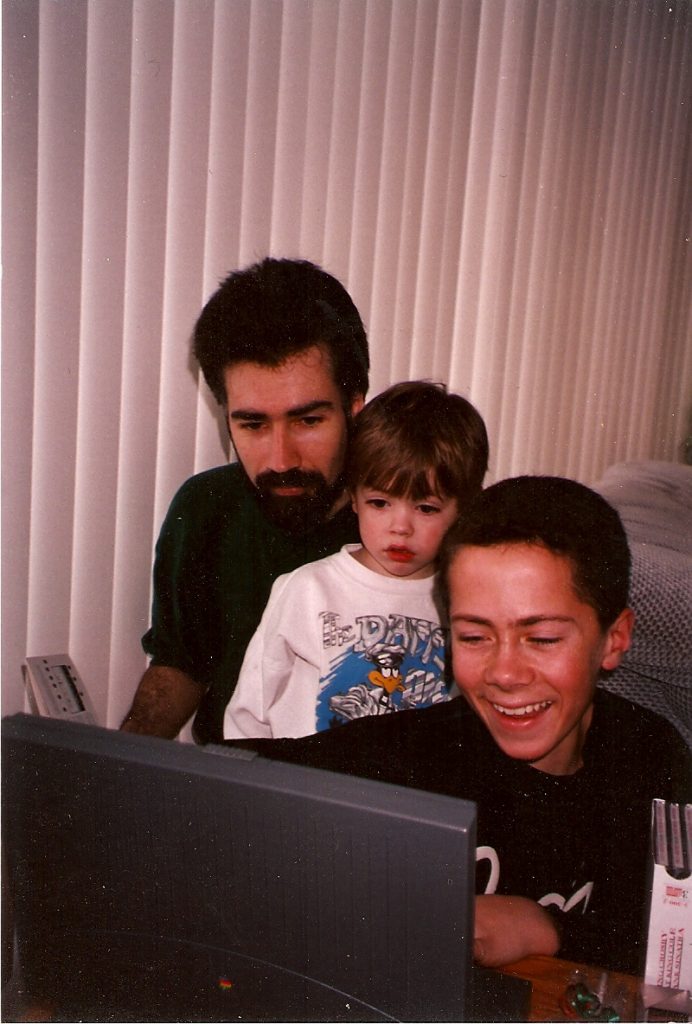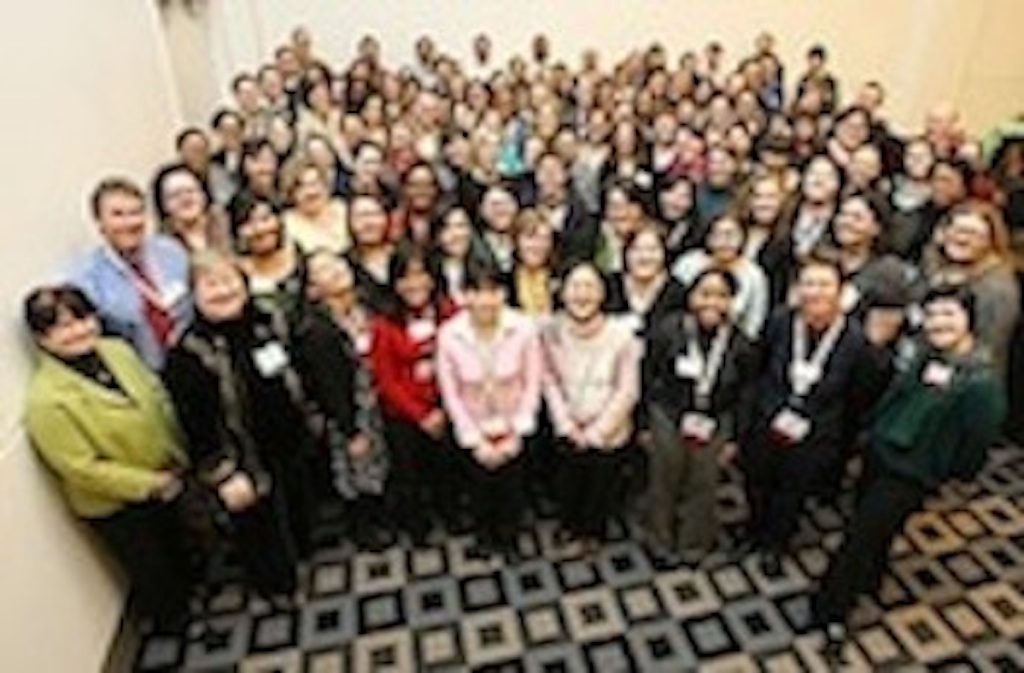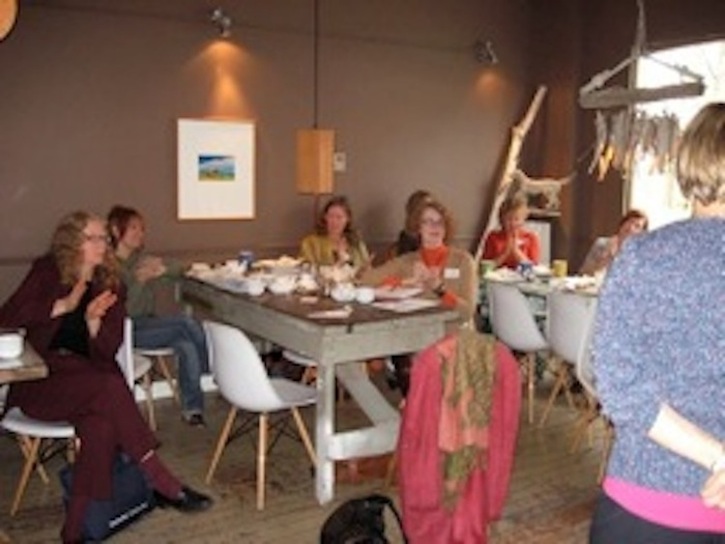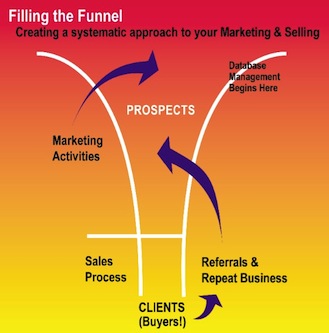
I wrote the following post in February 2013, nearly 10 years ago. My nephew Jake is now 32 and is a senior art director and my other nephew Josh is now 41 and a senior IT guy!!
The facts I wrote about then are still true today.
…….
The world is always changing and we in business must keep up if we want to be successful (no matter how we define success for us).
Technology has REALLY changed. I remember (I’m 62 now in 2013) co-owning one of the first Apple computer dealerships in Toronto in the 1980s and helping to create and run a conference company in the 1990s where we held events for people who used what were then called hand-held computers (PDAs). I’ve always been at the “bleeding edge” of technology (just before the “leading edge” which means being in the red and not making money but always being the first to know about new technology).
We had/ were:
- one of the first fax machines in 1984. It was as big as a small photocopier but since very few others had one there were few to send things to!
- one of the first cell phones in 1985. The battery for this was the size of a car battery and the handset like that of an older dial phone with buttons. I called it a “luggable” phone.
- one of the first to use the internet to market with our “email blasts” in the conference business in1995. They were “fax blasts” using email addresses but we could send them from our Mac (our potential conference attendees had email addresses but most companies didn’t have websites yet).
Times continued to evolve and with this came what was in 1984 a revolution (we even produced a print booklet called A Revolution in the Making which in 1984 took 6 weeks to produce even though we had the latest desktop publishing software at that time) that caused all of us to transform ourselves and our thinking.
In fact my nephew who is 22 now and studying at Ryerson University and producing art (by paint and on computer, films on his Macintosh and photos with his digital camera) is a great testament to this transformation. He is of the generation who grew up with and used all technology. He even had access to my brother’s Macintosh when he was a baby. (From left to right: my brother Phil, his son Jake who I wrote about here and my other nephew Josh who’s 30 now and has been using computers since he was 4 and has been in the computer business since he was 17. He’s now 32!)
But I digress.
There are at least 6 ways in which online marketing is different from offline marketing.
One needs a computer, a hookup to the Internet and a browser such as Firefox or Chrome.
- Speed One can do EVERYTHING faster. Once you have set yourself up, just input some data and you can send it at the “touch of a finger”.
- Cost EVERYTHING costs less or is free (do you know of the book published in 2009 by Chris Anderson Free: The Future Of A Radical Price ) – audio and video production and even payment processing.
- Reach One can connect (for free) with contacts both locally and globally.
- Measurement & Tracking One can easily get access to key metrics with ad trackers, newsletter openings, website analytics etc.
- Easy to do marketing One can “do it yourself” (if you’re not a technophobe AND have the time).
- “Abundant” information at your fingertips With most search engines like google or Ask one can search for and find anything – anywhere in the world. (Remember that this info has the caveat of buyer beware as does any info you find online)
How has this blog post made you think – whether you use technology a lot or you’re a “technophobe” who didn’t grow up with technology?
Here is access to the other post I wrote 14 Ways Offline and Online Marketing Are The Same
Compare the two and tell me what you think. I’m VERY interested in what everyone has to say!
Originally posted on February 6, 2013










